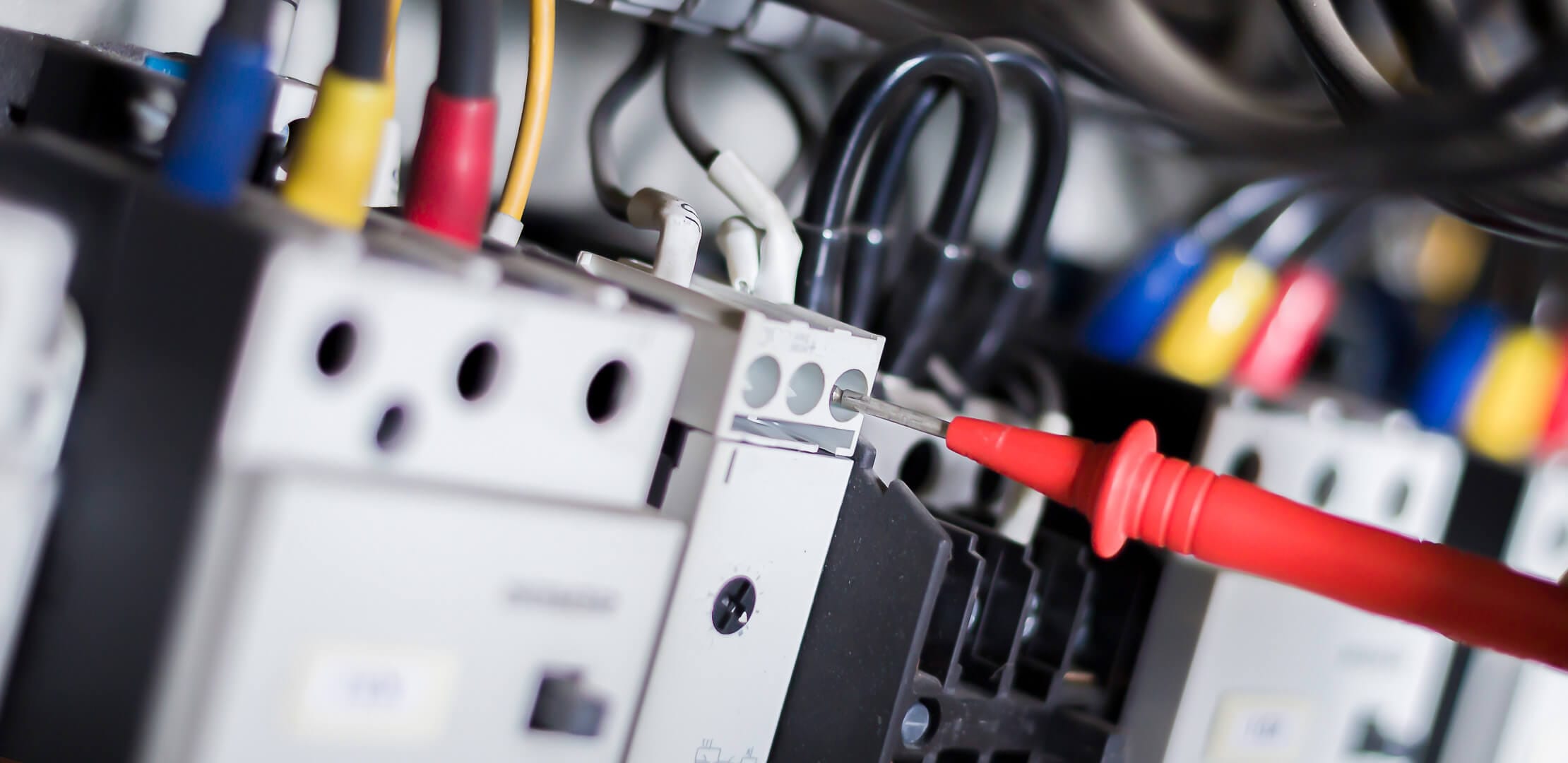Ask The Expert: School trust fined after pupil’s finger was amputated
Login
Your link will open in a new tab
If this has not happened, please click here

In-Service Inspection & Testing of Electrical Equipment – formerly Portable Appliance Testing, or PAT testing, is relevant to almost every business – yet many employers and business owners do not have a clear and full understanding of the legal requirements. We take a look at our clients’ most frequently-asked questions.
Portable Appliance Testing (PAT) is the term used to describe the examination of electrical appliances and equipment to ensure they are safe to use.
The term ‘electrical equipment’ includes any item that can be moved, connected or disconnected from an electrical supply. Portable or movable items generally have a cable and a plug. A full list can be found on our website.
Standard formal visual inspection and PAT testing by a competent person is required at appropriate intervals; frequency of the testing depends upon the type of equipment and the environment in which it is used. For example, a power tool used on a construction site needs to be examined more frequently than a bedside lamp in a hotel room.
Most electrical safety defects, such as cracked plugs or exposed wiring, can be found by visual examination; however, some types of defects can only be found through annual testing by a person with relevant training and experience and certified/calibrated equipment.
Stallard Kane conducts portable appliance testing in every kind of commercial and industrial premises. Our engineers operate across Britain, delivering expert service which conforms to IET Code Of Practice for In-Service Inspection & Testing of Electrical Equipment (5th Edition). Our technicians guarantee the following:
• Appropriate, fully calibrated equipment is always used to conduct the tests.
• The test equipment is operated correctly on each appliance.
• Accurate interpretation of the test results is carried out, with a full report issued.
Not specifically, but manufacturers, suppliers, and employers have a legal obligation to ensure the safety and maintenance of electrical equipment. The Electricity at Work Regulations 1989 and The Provision and Use of Work Equipment Regulations 1998 outline the requirements for electrical equipment, including portable equipment, and its safe use.
In addition, the Dangerous Substances and Explosive Atmospheres Regulations 2002 apply to portable electrical equipment that may be exposed to a potentially explosive atmosphere. All equipment must meet the appropriate standards to avoid any risks.
You are not required to by law, but it is a good idea. It enables you to monitor the effectiveness of the process and provides proof (if needed) that you are taking the right steps to keep your equipment safe. Additionally, labelling can help remind you when the next test is due.
It is extremely important to ensure that portable electrical equipment is suitable for the intended task and environment; for example, using mains voltage portable electrical equipment outdoors or in damp, wet or conductive areas is not suitable as it poses a high risk of electric shock. Similarly, most electrical equipment is not suitable for use in a potentially flammable atmosphere, unless specially designed and constructed.
Our team of experienced and qualified engineers offer a wide range of electrical compliance solutions, ensuring your equipment and workplace remain compliant with the Electricity at Work Regulations.
To receive a no-obligation quote or learn more, please contact our Risk Solutions at 01427 420 404 or email risksolutions@skaltd.co.uk.
If this has not happened, please click here